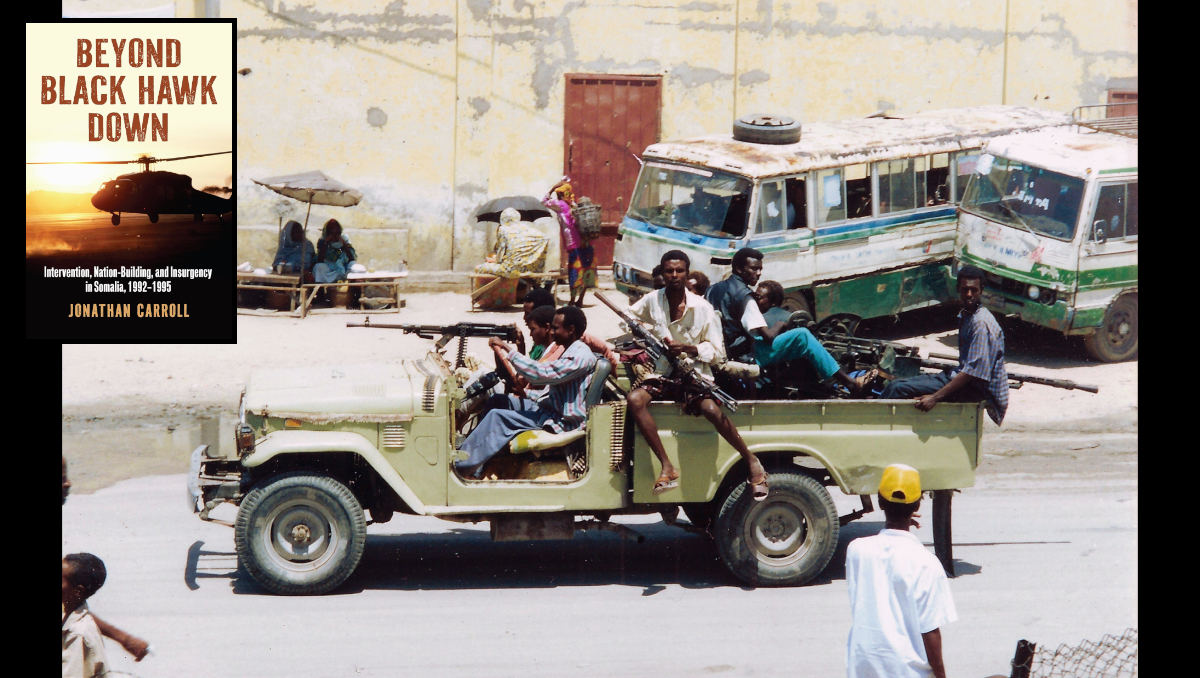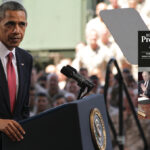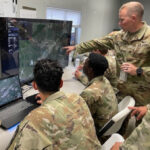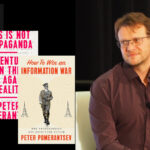
The Battle of Mogadishu, known by many as “Black Hawk Down,” lasted roughly 18 hours and cost the lives of 18 Americans and one Malaysian, along with many more allied troops wounded. Somali casualties were far higher, with some estimates nearing 700 dead or injured. Jonathan Carroll, author of Beyond Black Hawk Down, points out that this was just one day in a nearly two-and-a-half-year operation. He joins host and Editor-in-Chief JP Clark to discuss what he has deemed the most ambitious attempt in history to rebuild a nation—the first country to be called a “failed state” after a brutal civil war. Carroll concludes that Somalia offers crucial lessons on the need for a clear strategy and that the events there foreshadowed challenges later faced in Iraq and Afghanistan.
In my view, Somalia isn’t an example of why we shouldn’t intervene… Somali is an example of don’t go in without a strategy on how to get there.
Podcast: Download
Jonathan Carroll is an Associate Professor of Military History at the Royal Military Academy Sandhurst, a doctoral graduate of Texas A&M University and a former infantry officer in the Irish Defence Forces, Jonathan specializes in analyzing modern military operation with a current focus on the military history of 1990s conflict and stabilization operations. In addition to his recent work on the intervention in Somalia, Jonathan is working on research projects focusing on the UNAMIR mission during the Rwandan Genocide, and the UN/NATO intervention during the Bosnian War.
JP Clark is an associate professor of military strategy teaching in the Basic Strategic Art Program. He served in the army for twenty-six years as an armor officer and strategist. He holds a Ph.D. and M.A. in history from Duke University, an M.S.S. from the Army War College, and a B.S. in Russian and German from West Point. He is the author of Preparing for War: The Emergence of the Modern U.S. Army, 1815-1917 (Harvard, 2017). He is currently working on a history of U.S. military strategy in the Pacific from 1898 to 1941 that is under contract with the University Press of Kansas. He is the 3rd Editor-in-Chief of War Room.
The views expressed in this presentation are those of the speakers and do not necessarily reflect those of the U.S. Army War College, U.S. Army, or Department of Defense.
Photo Description: A “technical” vehicle in Mogadishu at the time of the UNOSOM I mission 1992-1993.
Photo Credit: CT Snow from Hsinchu, Taiwan via Wikipedia.org




At the end of the podcast above, Dr. Carroll speaking: “I pitch Somalia as a teaser trailer for what American and coalition forces will see in Afghanistan and Iraq.”
If our more recent engagements in Afghanistan and Iraq — and indeed earlier in Somalia — if all of these can best be understood from the perspective of:
a. The U.S./the West, post-the Cold War, wishing to transform the outlying states and societies of the world more along modern western political, economic, social and/value lines; herein,
b. Taking advantage of various opportunities, which might allow us (or force us) to use military force so as to accomplish these such missions,
Then, from this such perspective, might we say that Somalia is different from Afghanistan and Iraq; this, only because — with Somalia — we have no 9/11 to, shall we say, “hold our feet to the fire”/to allow us to go in full bore?
Such things as Responsibility to Protect (R2P), likewise, to be seen from this exact such “taking advantage of various opportunities to transform outlying states and societies more along modern western political, economic, social and/or value line” post-Cold War political objective?
Would not the Soviets/the communists, if they had won the Cold War, (a) have done something similar to this and (b) ran into much the same (or the exact same?) problems that we did? (In the Soviet/the communist case, of course, the mission would be to taking advantage of various opportunities to transform outlying states and societies more along Soviet/communist political, economic, social and/or value lines.)
Also near the end of the podcast, again with Dr. Carroll speaking: “Somalia is peacekeeping, peace enforcement, nation building, low intensity conflict, counterinsurgency; it is, from a Somalian perspective, war?”
But, again, if Somalia is similar to Afghanistan and Iraq, as Dr. Carroll says (see my initial comment above), then would not Dr. Robert Egnell’s “insurgency” thoughts below better apply? (Note: re: U.S. and coalition efforts, he is talking about “revolutionary war” — not peacekeeping, peace enforcement, nation-building, low intensity conflict, counterinsurgency, etc.):
“First, an insurgency strategy provides a more accurate description of the nature of the problem in Afghanistan, as well as the means needed to address it. Given that the international coalition’s aim is not merely counterterrorism but also broader societal transformation, the main hurdle is not the existence of Taliban fighters, the Haqqani Network, or other groups currently categorized as insurgents; they are simply actors that cause friction in the struggle to transform Afghan society. The challenge is to transform not only the political system that, in part, is an unfortunate post-invasion creation of the West, but also societal ideas at large. Rather than assuming that the West is the protector of the existing Afghan political order, as the counterinsurgency approach does, an insurgency approach would acknowledge that Afghan society is in fact far from permeated by Western notions of governance, justice, and economic management, and that the international coalition is instead the agent of change.” (See the National Defense University Press Joint Force Quarterly 70 (3rd Quarter, July 2013) article “A Western Insurgency in Afghanistan” by Robert Egnell. Therein, see Page 12 and, there, the bottom of column “a” and the top of column “b:”)
I think many people misunderstand what was happening in Somali. Were there similarities to this history?
The Steel Bonnets: The Story of the Anglo-Scottish Border Reivers by George MacDonald Fraser
All clans and tribes are different, but there were similarities between Somali and the Anglo-Scottish Border Reivers.
Excellent discussion.